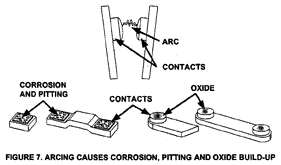rvwanderer1
Well-known member
The person I bought the RV from warned me, always turn off the electric at the park plug before connecting.
Then make the connection and turn on the electric. I ve seen very few shut offs at the park plug.
Non of this sounded right to me.
I plug in my surge protector, look for the green light Then plug in my cord.
which is exactly how I did it on my sailboat.
Is that the right way to protect myself, or should I be turning off the plug ( if it has a shutoff)
Then make the connection and turn on the electric. I ve seen very few shut offs at the park plug.
Non of this sounded right to me.
I plug in my surge protector, look for the green light Then plug in my cord.
which is exactly how I did it on my sailboat.
Is that the right way to protect myself, or should I be turning off the plug ( if it has a shutoff)

